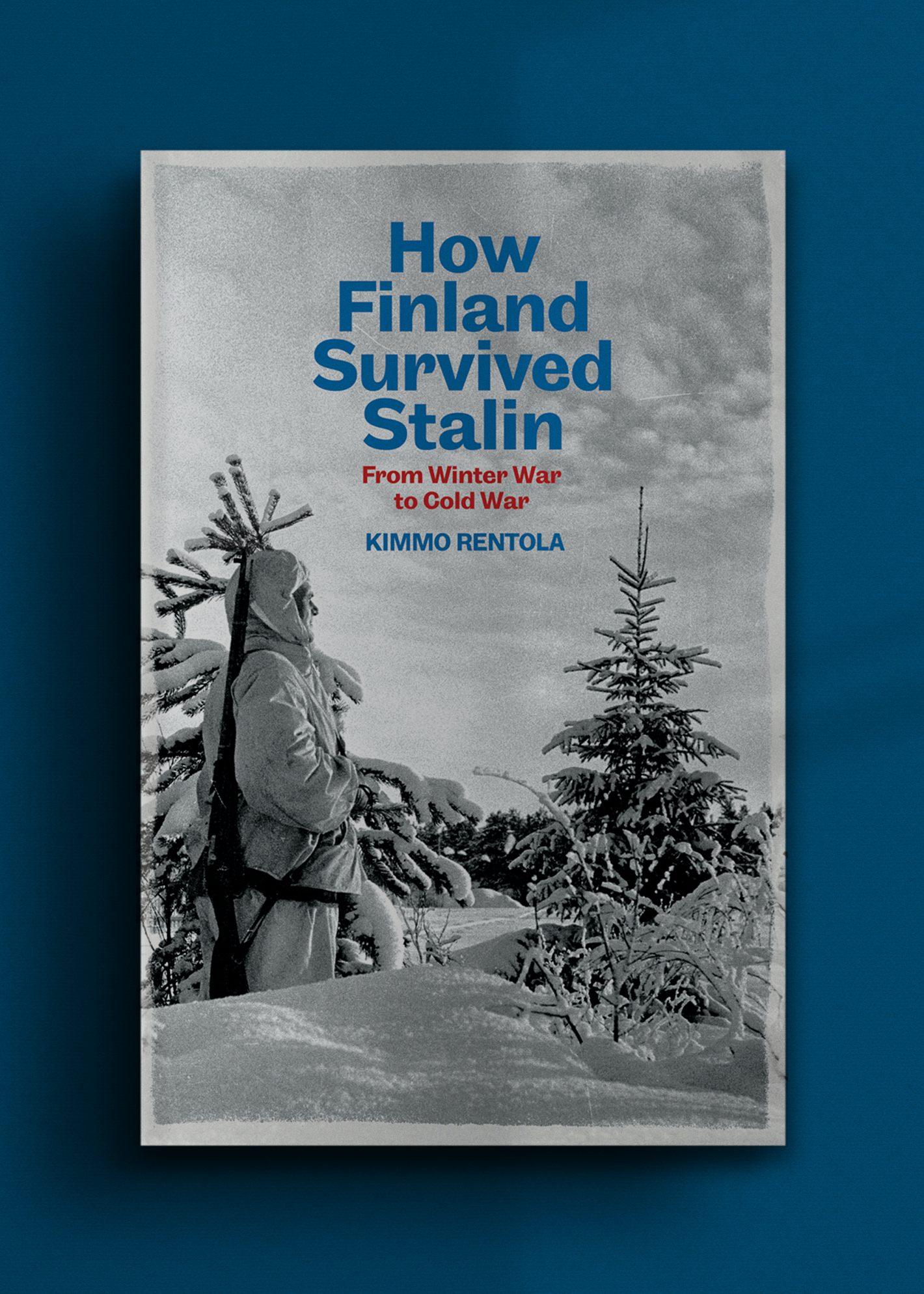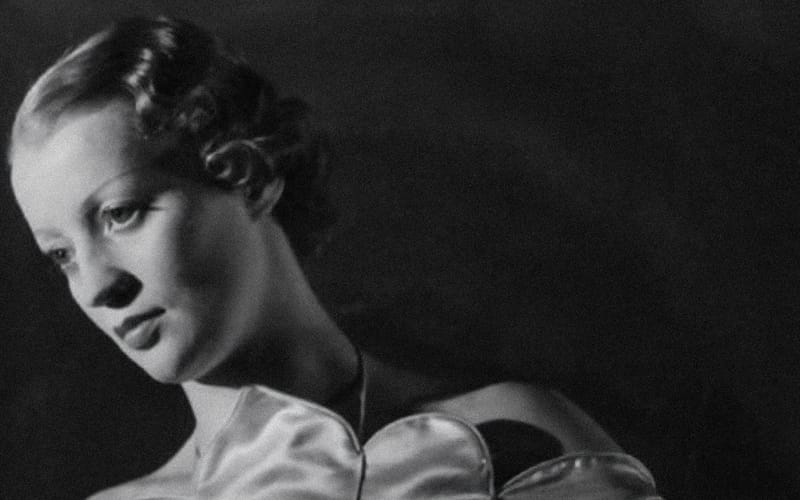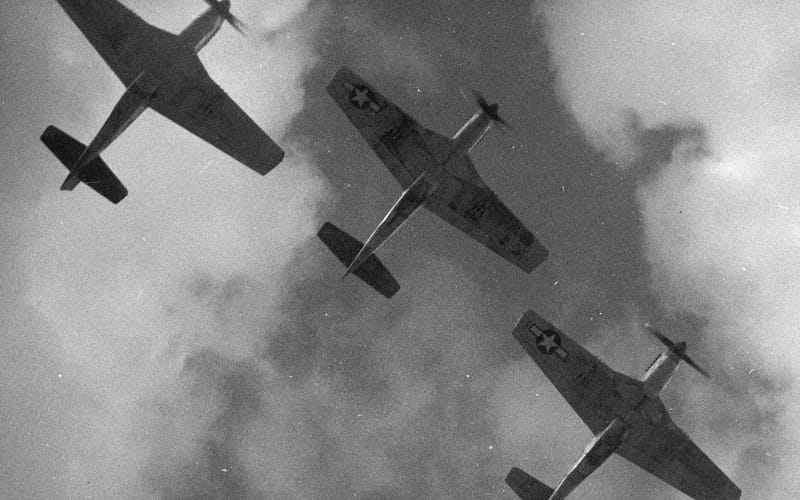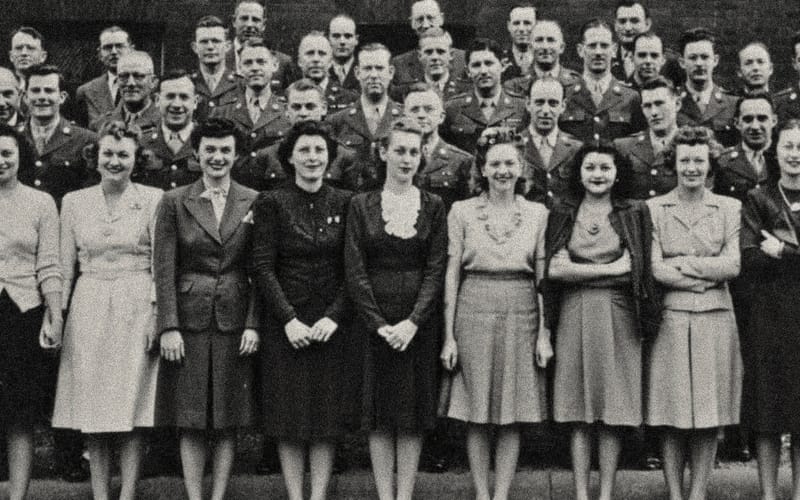Why did Joseph Stalin decide to invade Finland in 1939?
The Winter War between the Soviet Union and Finland began in late 1939. For Stalin, as Kimmo Rent...
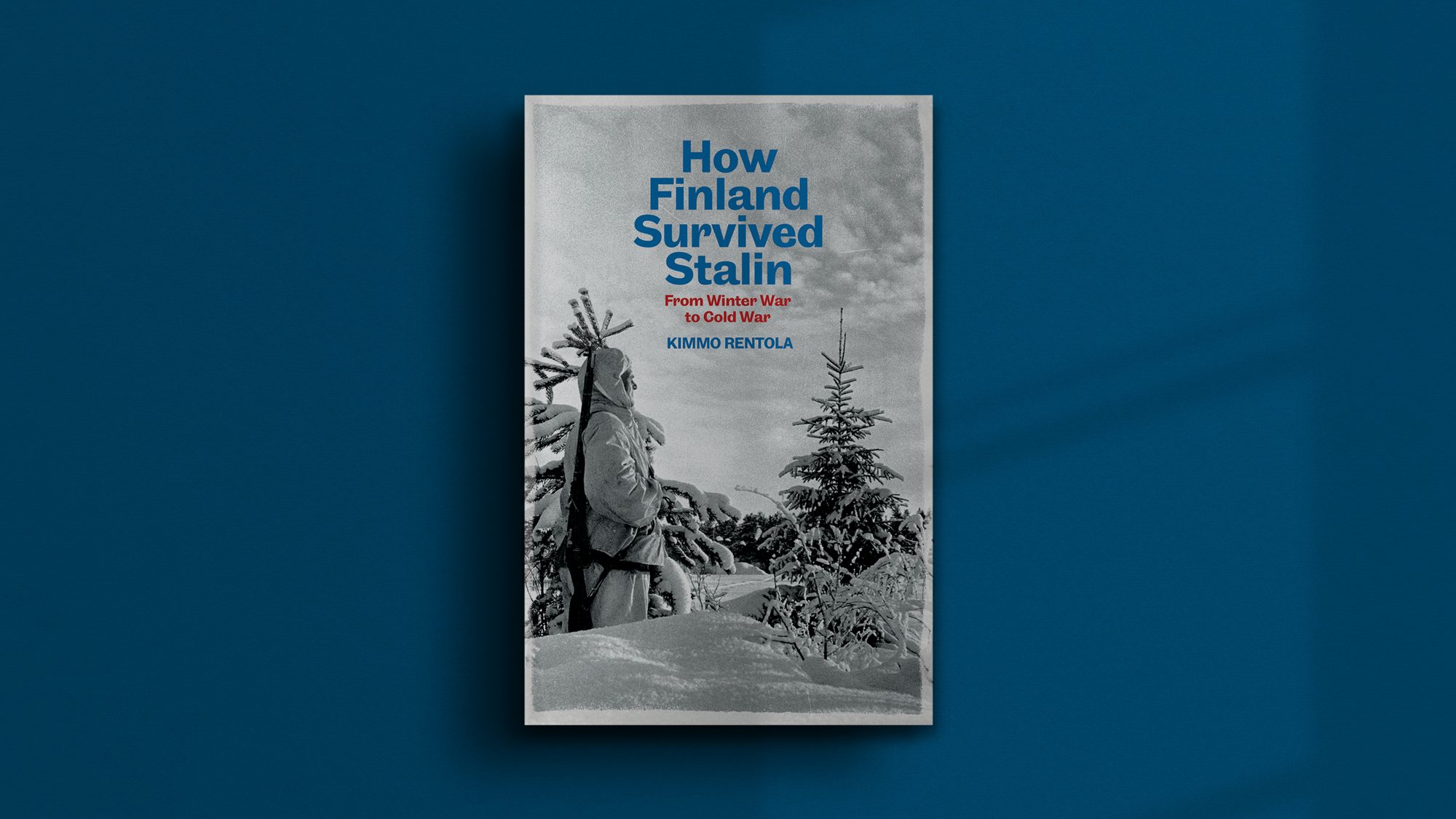
In the autumn of 1939 Finland found itself in a precarious position. After the fall of Poland, it was caught between the might of Adolf Hitler’s Germany and Joseph Stalin’s Soviet Union. Of the two, it was the Soviets who posed the more immediate threat.
As the weeks passed the dangers increased. Very soon Stalin would make his move.
In this excerpt from How Finland Survived Stalin: from Winter War to Cold War, the historian Kimmo Rentola takes us back to these tense weeks.
Just why, he asks, did Stalin decide to invade?

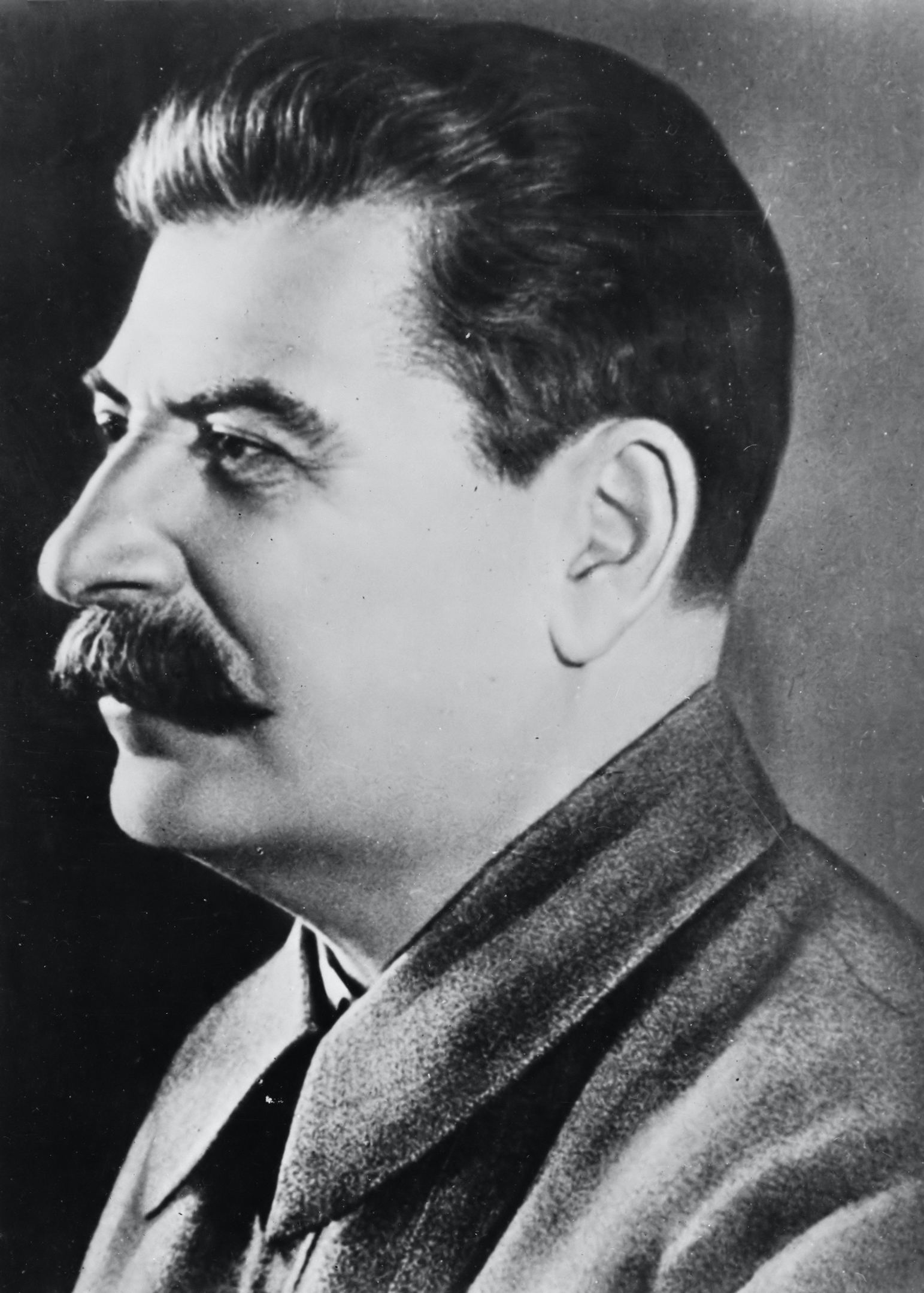

On 28 September 1939, following the rapid collapse and partition of Poland, the Soviet Union and Germany agreed a new treaty of friendship. This modified the two powers’ spheres of influence, and allowed Stalin to turn his attention to the northern countries that fell within the Soviet Union’s delineated area. The Western Powers, Britain and France, were still at war with Germany, but during the so-called Phoney War, instead of military action there was only anticipation of it. In the West it was believed that Germany could be demoralized by economic warfare, as in the First World War. Some hoped that the nations could then unite to direct their combined might against Bolshevism; it was precisely this scenario that Moscow feared.
The three Baltic States and Finland did not constitute much of a security threat to the Soviet Union as long as the treaties with Germany held fast, but Stalin exploited his free rein over the border countries to shore them up for the future. He knew that circumstances would change, and Germany’s surprisingly easy victory over Poland hardly reassured him otherwise. The Baltic States quickly agreed to cede military bases, but Finland, invited last to the negotiating table on 5 October, proved a harder nut to crack. Increasing the pressure, Stalin had to consider three major intelligence questions: what would Germany do, how would the Western Powers react, and what was the Finns’ own capacity for defense?
As to the first, would Hitler keep his word and leave Finland’s fate in the hands of the Soviets? In so doing, the Führer would betray the military ties established with Finland during the First World War, when over one thousand Finnish volunteers had fought for Germany. Known as the Jägers, they helped lead the White Army to victory over the Reds in the Finnish Civil War in 1918, and went on to form the backbone of independent Finland’s military. Soviet intelligence had kept a mistrustful eye on these connections right up until August 1939 when Moscow made its pact with Germany.
After obtaining Foreign Minister Ribbentrop’s signature on the amended treaty in September, the Soviets saw in trade negotiations how the Germans were seeking close economic cooperation. Moscow always valued “deeds” like these more highly than “words,” even if the Germans were unwilling to sell their best cannon. Amongst those sent to Germany for procurement purposes was the young Dmitry Ustinov; decades later, during Leonid Brezhnev’s rule, he would visit Finland as Marshal and the Soviet Minister of Defense, trying (without success) to promote military cooperation between the two neighbors. The Brezhnev generation was first acquainted with Finland when they were tasked with organizing support for the regime’s official stance before and during the Winter War. Their careers had only recently been rapidly advanced by Stalin’s purges, which had left many high-ranking posts vacant. These fast-rising young men did not quite have blood on their hands, but plenty of it at their feet.
Detailed intelligence on the outlook of the Finnish and Swedish armed forces was collected by monitoring their respective military attachés in Moscow. The Soviet information source was referred to as “our agent” in the reports, although the verbatim quotations contained within are also redolent of eavesdropping. Given the circumstances, the attachés were rather loose-lipped, in particular Major Birger Vrang. The Swede was a celebrity in Moscow diplomatic circles, for a recent Soviet spy movie had featured an actor bearing his likeness in the role of the main villain, a foreign military attaché. In the film his dastardly plans were dashed by a sharp-eyed boy.
Discussing the Soviet threat with Vrang, the Finnish military attaché, Major Kaarlo Somerto, was in a confident mood. He and the Finnish headquarters did not believe British intelligence reports that there were thirty-three Red Army divisions on Finland’s border, seven of which were in the inhospitable region between the Arctic Sea and Lake Ladoga. He thought there was no way that such a large force could be in that almost-roadless wilderness. (In fact, it turned out to be almost twice the size of British estimates.) Somerto was of the opinion that, when all was said and done, no attack would come, since it would fatally undermine the Soviet Union’s much-publicized policy of peace. He informed Vrang that the Soviets were demanding the cession of a number of islands in the Gulf of Finland and a fairly small region on the Karelian Isthmus near Leningrad. Major Vrang responded that if just these parts of Finland were at stake, then Sweden would certainly not intervene.
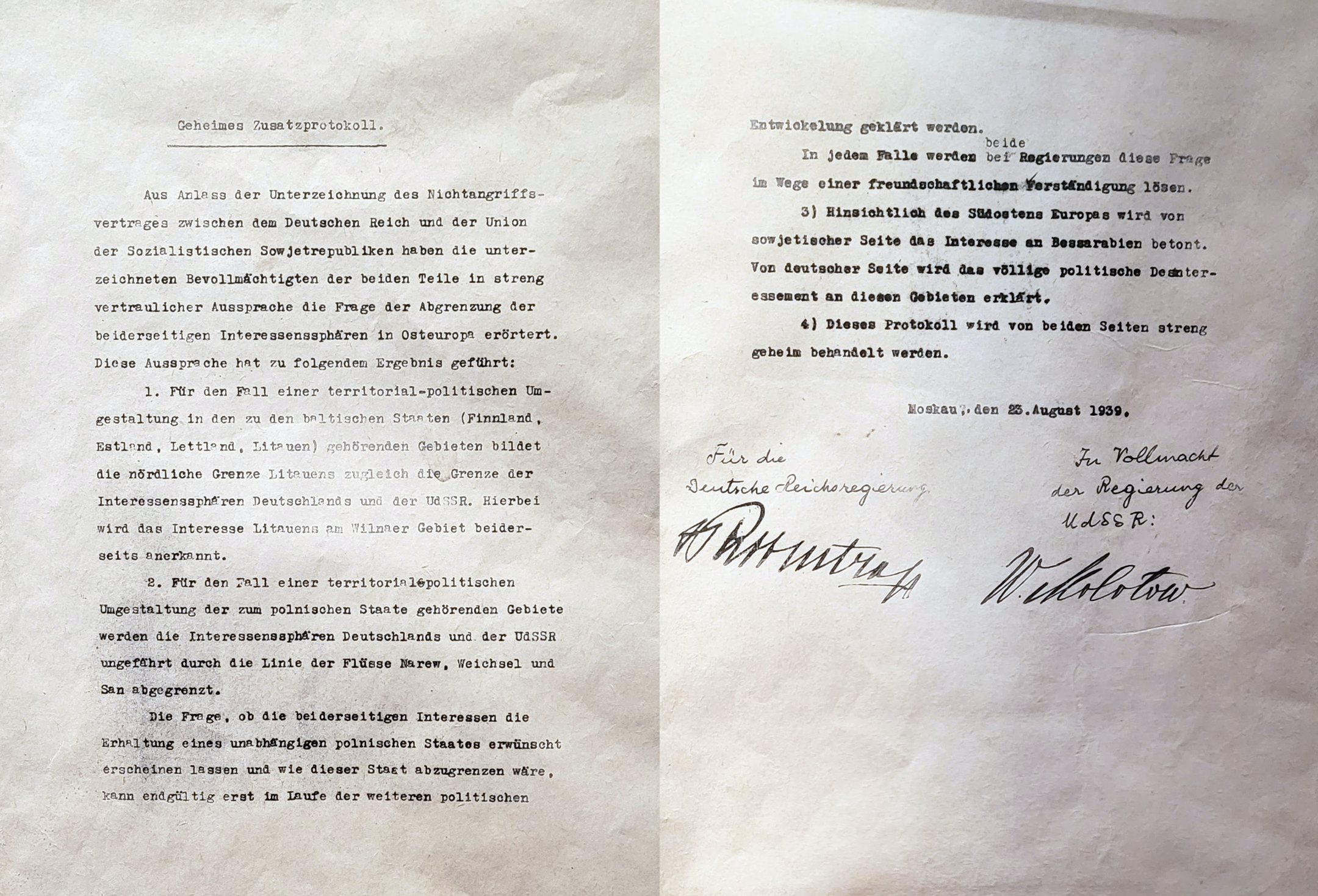
This comment caught the Soviets’ ear. A mere major was not fully authorized to speak for the Swedish government, but he had been speaking freely in his position as military attaché, and Stalin valued the unguarded discourse gathered by his intelligence services more than any government announcement. For him, such details were nuggets of gold, and, in this case, time would show that the Swedish government would adopt the stance Vrang predicted. The Soviets also knew that Somerto expected as much, for they recorded his gloomy complaint: the Swedes repeatedly asserted that the Soviet Union could not possibly attack Finland because it was a Nordic country, “but they never utter a word about help.”
Stalin was comforted also by the intelligence reports about Germany. From secretly obtained British intelligence cables, the Soviets saw that Finland’s head of military intelligence had been left “very disappointed” by Berlin’s unwillingness to offer assistance. In Helsinki, Soviet intelligence learned about a secret trip to Berlin by the former head of the secret police (Etsivä keskuspoliisi), Esko Riekki, and a couple of other Germanophile Finns. Riekki had never before heard his colleague Heinrich Himmler be so blunt, with the German commenting: “Stand firm if you want, but we will not help you.” Germany’s frosty attitude was confirmed by the Japanese military attaché in Moscow, Colonel Doi, who was overheard by Soviet surveillance complaining to his Swedish colleague that he could not comprehend how the Germans could have given the Russians carte blanche in Finland.
With the Germans keeping their side of the bargain, the more pressing question was what the Western Powers and Norway and Sweden would do. Monitoring the British secret cables from Helsinki, Soviet intelligence realized that neither Great Britain nor America had any advice to offer the troubled Finns. All Sweden had to offer was moral support. Nonetheless, there was one cause for concern: notwithstanding the Phoney War against Germany, British intelligence circles seemed to believe that there was “a serious chance” of an Anglo-Soviet war breaking out within the next six months. This was despite the fact that the Foreign Office had instructed all embassies to refrain from anti-Soviet actions and to promote friendly relations. That they were publicly fostering concord but privately forecasting war caught Stalin’s paranoid eye. To at least assuage Sweden, his intelligence let leak that the Soviet Union’s demands to Finland did not relate to the Åland Islands, the archipelago between the two Nordic countries. The appearance of the Red Fleet in this strategic region would have threatened Stockholm and riled Germany, whose shipments of iron ore from northern Sweden sailed past the islands.
Finland itself was a minor concern for Stalin, who thought in terms of Great Powers more strongly than ever after the collapse of Poland. Moscow gleaned its most important information about Finland through London and the not-so-secret cables of the British diplomats. When Estonia agreed to Soviet military bases on its territory, the British Legation in Helsinki reported on the mood in the Finnish government. The thought prevailed that, if the Soviets were to demand territorial concessions, “the Finnish would be unable to oppose them, because they are not in the sort of shape [ne v sostoyanii] to be able to go to war with the Soviet Union.” Ever the pessimist, the Finnish commander-in-chief, Marshal Mannerheim, confidentially informed His Majesty’s Government of his personal view that Finland would have to give in to Soviet demands and surrender bases and island airfields. His top-secret assessment reached Stalin almost immediately after having been deciphered in London. On the eve of negotiations, on 11 October, Finland had all men of serving age called up for duty. In the Leningrad Military District it was believed that the Finns deliberately dragged out the talks to gain time to mobilize. That was not the case, but without this precaution the fate of Finland would surely have been different when the Red Army attacked.
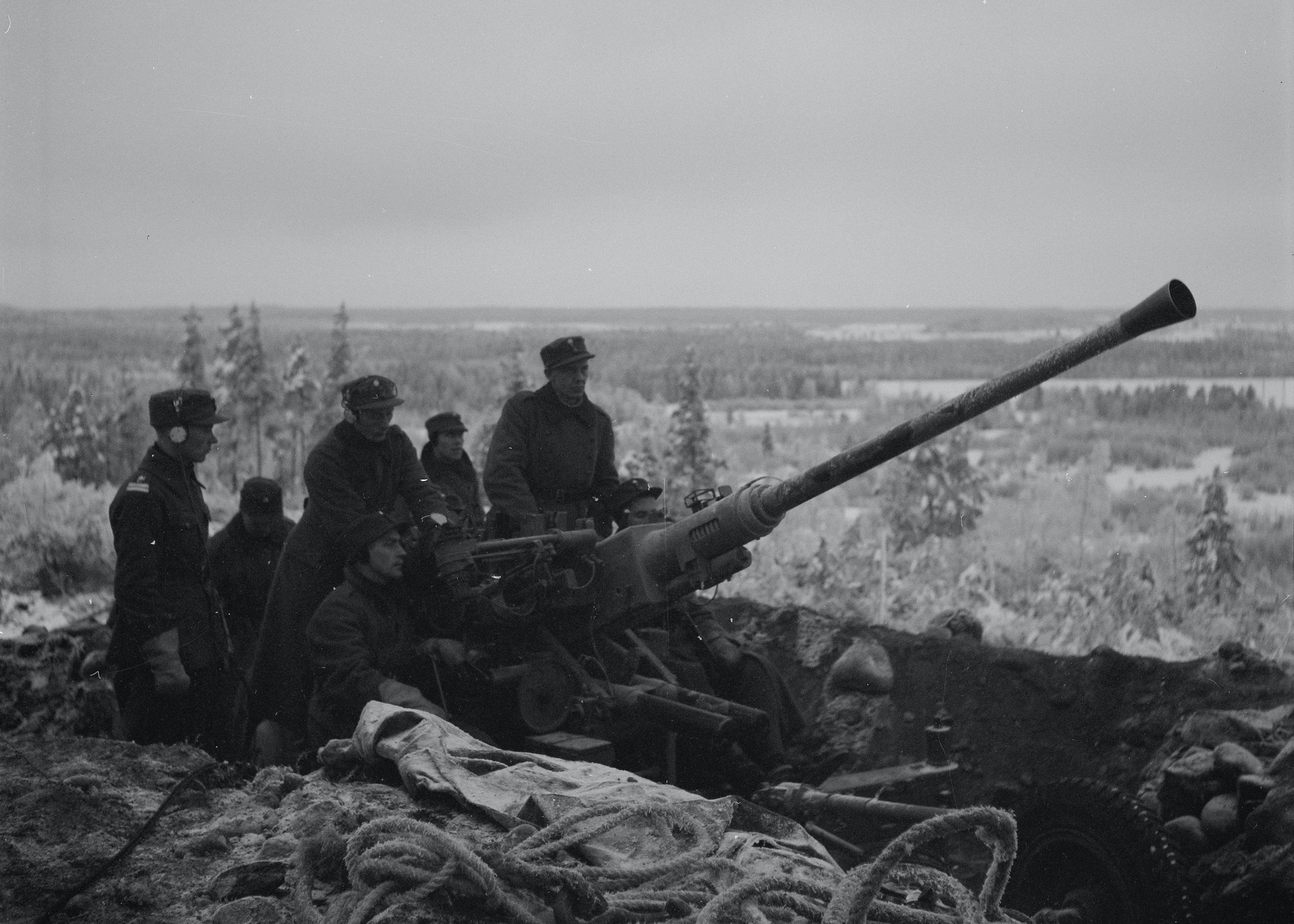
'Even if Stalin had received better assessments about the fighting spirit of the Finns, he would hardly have paid them much attention. They were inconsequential compared to the big issues he was trying to solve. It would have been wise to remember Lenin’s favorite quote from Napoleon: On s’engage, et puis on voit. Get involved, then you see.'
The Soviets gleaned even more vital information from Vrang’s discussion with one of Finland’s most experienced intelligence officers, Colonel Aladár Paasonen, on 13 October 1939. Paasonen, himself a former military attaché to Moscow, arrived in the city on this occasion as an advisor to the Finnish negotiating team headed by J.K. Paasikivi, and as Marshal Mannerheim’s ear on the ground. He briefed Vrang on the Soviet Union’s exact demands, detailing the territory that Finland would have to give up on the Karelian Isthmus and in the Gulf of Finland and speculating that the Soviets would also require a military base in Hanko, a seaside town at the southernmost tip of Finland. Strategically, the equally if not even more important Åland Islands were, in contrast, notably absent from the whole discussion.
Having outlined the stakes, Paasonen asked directly if Sweden would aid Finland should war break out. Vrang responded that Sweden would not go to war for those areas, which led Paasonen to declare that Finland was beaten, for without anti-aircraft artillery it was basically defenseless. The two officers then turned to their profession’s favorite topic of conversation: speculating over what course a possible war would take. Presuming that a total of twentytwo Soviet divisions would attack (the deflated figure probably received from his Soviet agent), Vrang reckoned that Finland could hold out for six months. Paasonen asserted that the Finnish Army would follow the same tactics that K.N. af Klercker and other Swedish generals used in 1808, when the Imperial Russian Army conquered Finland. That is, they would slowly retreat westwards and northwards towards the land border with Sweden, fighting the whole way.
This was another nugget of gold for Stalin, and a new dimension was added to the Red Army’s plan of attack in the latter half of October. Finland was to be cut in two at the latitude of Oulu, in order to sever land ties with Sweden, and this was presented as one of the attack’s key aims, which indicates that the idea came from the very top. A second indication of Stalin’s personal involvement was the fact that the chief of the Red Army political administration, L.Z. Mekhlis, showed up in Suomussalmi to supervise preparations. Mekhlis was the former editor of Pravda, and had distinguished himself in the occupation of eastern Poland by sending glowing reports (“many are crying with joy”) of the Soviet soldiers’ reception in Lwów. He had also quietly undertaken the task of swiftly implementing the death penalty for those who had served in the Polish Army and for civilians who had committed “counterrevolutionary crimes.”
Stalin would reference the Finnish War of 1808–09 explicitly in a directive to his commanders after the first month of the Winter War. He stressed the need to learn from what happened then, when the Russians had been at risk of being encircled.

The Soviet intelligence network in Finland was in a sorry state: experienced razvedchiki had been recalled during Stalin’s Great Purge, and many of them executed. The ban on recruiting Finns was in force, as Stalin sternly reminded the GRU when it was revealed that a radio operator working for them in Mongolia was actually a Finn, in spite of his clean and honest Russian surname of Voroshilov. Between 1936 and 1938, Soviet intelligence in Helsinki did manage to obtain the summaries that Finland’s Ministry of Foreign Affairs compiled from diplomatic reports. These had been disclosed by “a recently [vnov’] recruited source.” There is no information about who this might have been, and in the available intelligence documents from fall 1939 there is no longer any sign of such materials.
Of the seasoned Soviet intelligence officers from Helsinki, Zoya Rybkina (Yartseva) survived the purges and was sent back as deputy rezident to re-establish contact with agents in the city. The most active source was Cay Sundström, the Social Democrat Member of Parliament. The pro-Communist Sundström—agent name GRAF (The Count)—was widely known to be a parlor pink with suspicious connections. As such, he was not privy to sensitive information, nor did he have good relations with Finnish decision makers. When the Parliamentary Foreign Affairs Committee were discussing Soviet demands, Chairman Antti Hackzell exhorted him, a client of Moscow, to keep his mouth shut, as Sundström reported with irritation to his handlers at the NKVD. He also reported that Foreign Minister Eljas Erkko had declared that Finland did not need to make any concessions to the Soviets, as it had the support of England, the United States and Sweden.
A more useful source was Hella Wuolijoki, writer, businesswoman and garrulous hostess of a political salon. She provided information about a “war cabinet” meeting on 16 October and the limit of possible Finnish concessions. The Finnish leadership were prepared to cede some of the islands in the Gulf of Finland and discuss the status of the Åland Islands, but they would not sign a military alliance nor permit any Red Army troops to set foot on the Finnish mainland. This had the air of an offer about it. Perhaps the head of the Social Democrats, Väinö Tanner, was testing the water, aware as he was of Wuolijoki’s Soviet contacts. Either way, it was not what Stalin was looking for. The Åland Islands were a tempting proposition, but any wrangling over them would be alarming for Sweden and Germany.
Well-versed in Helsinki gossip, Wuolijoki heard that Finnish leaders were fretting over a joke cracked by Stalin at the Moscow negotiations. When he heard that moving the border would require a significant parliamentary majority, Stalin quipped: “You’ll get more than two-thirds, and then you’ll have to add our votes, too.” This caused the naïve Finns to speculate whether he was planning to interfere in their internal affairs. After the wars Finnish politicians would get used to the idea that the Soviets would try to exert their influence over the country’s decision-making processes.
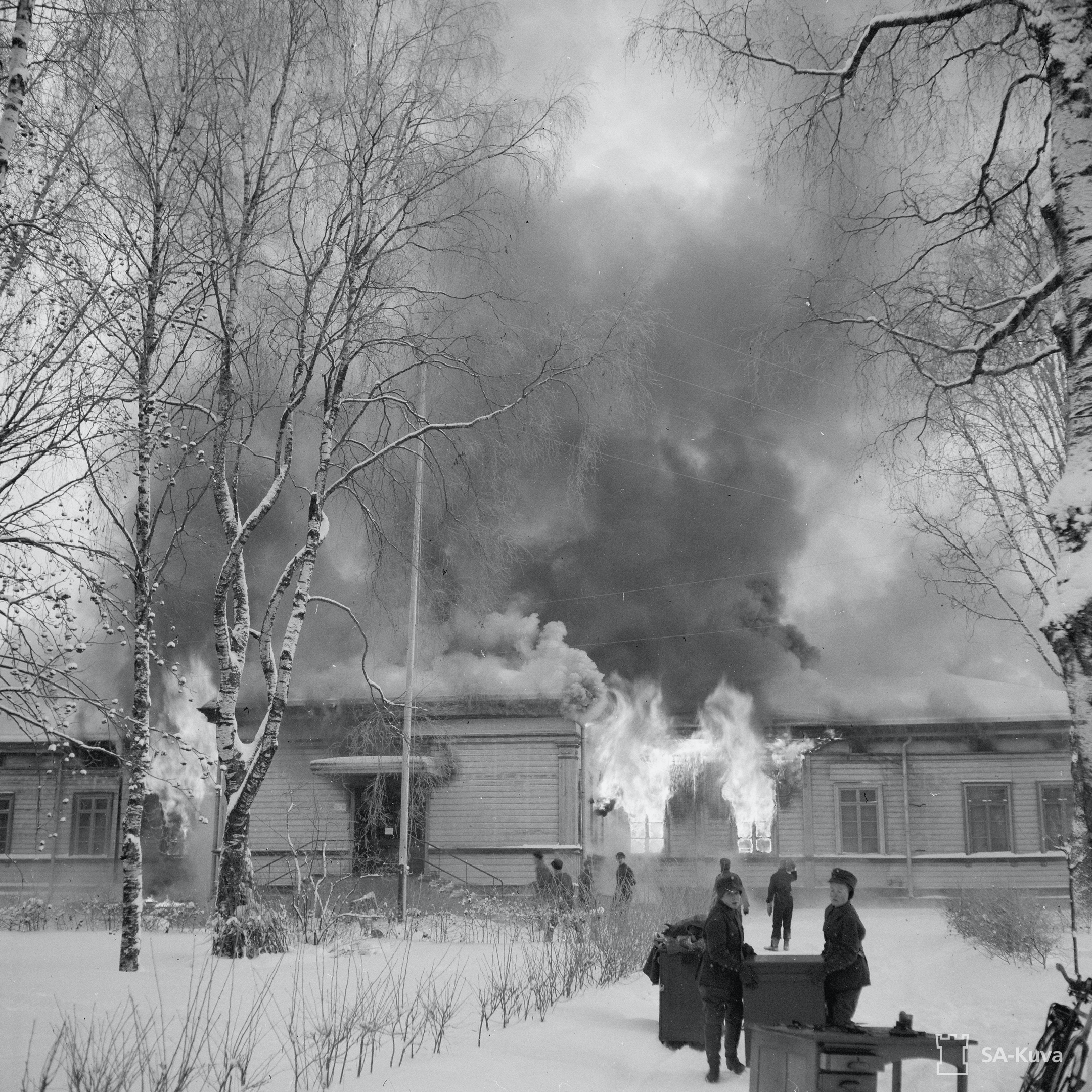
On the basis of her connections Wuolijoki tried to identify the diverging attitudes of the members of the war cabinet. Defense Minister Juho Niukkanen was hostile towards the Soviet Union, Foreign Minister Erkko was indifferent and Prime Minister A.K. Cajander was vacillating. Foreign Minister Tanner was the most level-headed, and he had urged that everything possible be done to find a peaceful solution. He was ready to make concessions, and even praised Stalin’s personal role in the first round of negotiations.
Upon the outbreak of war, Tanner became Moscow’s bête noire, but in October his name was not yet soiled. Colonel Paasonen’s memoirs are probably accurate in their account of Stalin’s favorable attitude towards Tanner in the negotiations. Beria’s son has claimed that his father did not support a Communist puppet government in Finland, but rather proposed “working” the Social Democrats. Even as the situation escalated, Stalin continued to receive relatively unprejudiced Soviet intelligence reports on Tanner’s increasingly gloomy views. In the Social Democrats’ parliamentary group he announced that the Finnish government would reject the Soviet terms and declared that “the situation is entirely critical.” He denounced all talk of demobilization as irresponsible, arguing instead that “we must be prepared for even more.”
In addition, the NKVD and GRU intelligence officers provided eyewitness reports of how things were on the ground. They documented panic at the railway stations as people tried to flee the capital city, and repeatedly referenced the peaceful mindset, but dissatisfactory status, of the working class. These accounts are steeped in ideological bias, something that is noticeably absent in the restrained commentary on the Social Democrats’ attitudes. This suggests that the Soviets nurtured hopes of gaining influence, since the reports did not reflect the actual state of affairs in the SDP, but rather what the intelligence officers thought their superiors wanted to hear. It was always advisable to toe the line by adopting the tone expected by those at the top.
With military conflict on the horizon, neither the GRU nor the NKVD had permanent rezidents in Helsinki. These positions had to be hastily filled: the NKVD chose the aforementioned Elisei Sinitsyn (who adopted the name “Eliseyev” in Finland) and the GRU appointed the similarly inexperienced Colonel Ivan Smirnov. They both arrived in Finland only three weeks before the Soviet attack, and thus had insufficient time to re-establish networks or properly acquaint themselves with an unfamiliar country. In his memoirs Sinitsyn asserts that he warned Stalin about the Finns’ weaponry, equipment and willingness to defend their country, but the actual reports of his that have been made public tell a different story. In these he stressed that the Finnish Army was in bad shape, that its rank and file were discontent, that the Finnish economy would be unable to support a military effort, and that there was a pervasive fear of war “in which they [the Finns] see their ruin.” In the 1990s excerpts from Sinitsyn’s reports were published by one of his successors, who rebuked them for being “utterly frivolous.”
Stalin did not make his decisions based solely on intelligence sources. Diplomatic reports of British attitudes also encouraged him to proceed with, rather than postpone, the attack. It is not clear, however, how much the Soviets knew about the internal position of the Northern Department of the Foreign Office. The British diplomats there doubted if “Finland’s best course (i.e. from her own point of view)” was compatible with “the most useful service which she could render (i.e. to us).” The Finnish people were horrified by the threat of war and possible Soviet occupation, but for the British it opened up interesting prospects. Entering into war would consume Soviet oil, food and military equipment that could otherwise be sent to the Germans. Besides which, a Soviet invasion of Finland could still bring about a conflict with the Third Reich. As such, from the British perspective it was “desirable that the Finns should fight.” For his part, Foreign Secretary Lord Halifax spread the idea that the Soviets might be bluffing. His assessment had an impact on the Finnish leadership, as did the outlandish schemes to assist Finland devised by the British Minister in Helsinki, Thomas Snow. One such diversionary tactic entailed tempting Japan to attack the Soviets along the Siberian Railway; this was rejected out of hand in London, as then China would have been left to the mercy of the Japanese, but the negative response took some time to reach Snow.

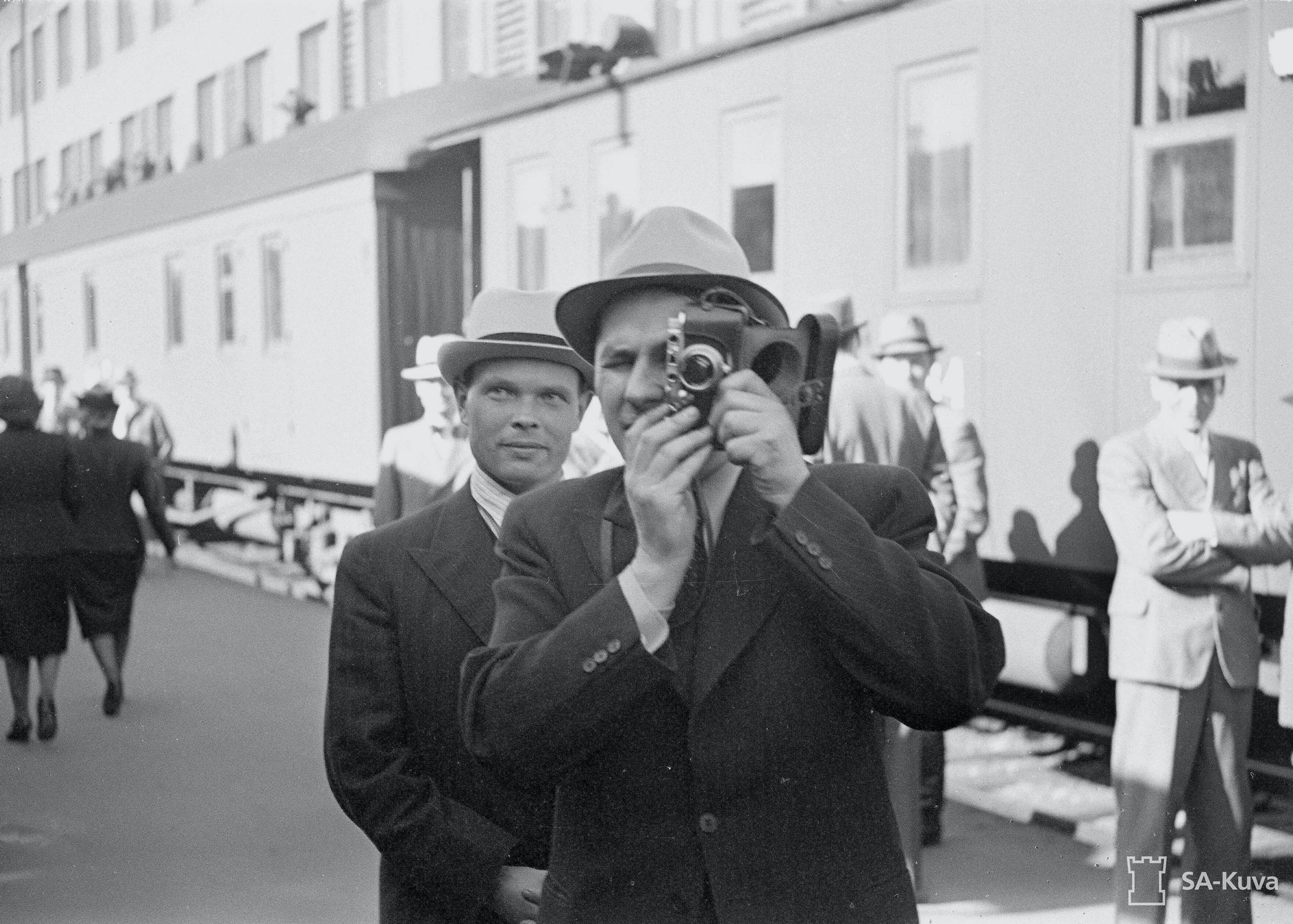
These fantastic proposals may not have reached the Kremlin, but Winston Churchill’s comment to Ambassador Ivan Maisky certainly did. The new First Lord of the Admiralty understood “well that the Soviet Union must be the master of the eastern coast of the Baltic Sea.” If Estonia and Latvia were to lose their sovereignty, he was “very happy” that they would be incorporated into the Soviet system rather than the German one. Churchill declared that this was “historically normal,” referencing the borders of Imperial Russia, and added that “Stalin is now playing the Great Game, and very successfully”; the British had no cause for complaint. Maisky realized that the British government aimed “to avoid taking a stand against Russia.” Sir Stafford Cripps—the future British ambassador to Moscow— explained to him that “the Finns, being awful provincials in politics, think that the ‘moral support’ of Great Britain is the anchor of salvation.” According to Churchill, the Soviet Union’s demands on Finland were “fully natural and legitimate.” Finland must not be allowed to impede rapprochement between Britain and the Soviet Union; the latter had “every reason to be a dominant power in the Baltic, and this is in the British interest.” The stronger the Soviet hold on the area, Churchill informed Maisky, “the better for you and for us, and the worse for Germany.” In the Great War, Russia had lost the east coast of the Baltic in spite of the fact it had allied with the West and helped save France in 1914. Now Moscow was due its compensation.
To sum up, the British line on Finland was conflicted. On the one hand, they communicated their support to Helsinki and their skepticism of Moscow’s sincerity; on the other, they almost incited the Soviets to take what was theirs, albeit while warning about the consequences of military action. This was not necessarily out of duplicity or double-entry bookkeeping, which Maisky saw as a quirk of the English, but the emphasis of different geopolitical angles according to contact and context. Nonetheless, for Moscow the information from London made it clear that Finland’s situation was hopeless.
In late November 1939 the Soviets orchestrated a false-flag attack on the border village of Mainila, using it as an excuse to renounce their non-aggression pact with Finland. This had been signed by Maisky in 1932 during his time as Soviet Envoy to Finland, and, with the prospect of war now looming on the horizon, he pondered what the British response might be. Lord Halifax told him that, although public opinion was strongly on the side of the Finns, His Majesty’s Government had little interest in the matter. The Foreign Secretary was “shocked” by Maisky’s supposition that the British were supporting Finland. The Under-Secretary of State for Foreign Affairs, R.A. “Rab” Butler, denied that his government was conducting a Machiavellian campaign in Finland. The British had discreetly advised the Finns to avoid being “unreasonable” in the face of Soviet demands, but the Finns were so “obstinate and inflexible” that the message did not get through. Butler felt that an improvement in British–Soviet relations was entirely possible; Halifax, for his part, proposed developing trade connections. Maisky’s conclusion was withering: “Who will help them [the Finns]? The Swedes? The English? The Americans? Like hell they will! [Cherta s dva!] A racket in the newspapers, moral support, oohing and aahing—that, yes. Troops, aeroplanes, cannons, machine guns—that, no. Butler told me plainly yesterday: ‘Should anything happen, we wouldn’t be able to send a single warship to Finland.’”
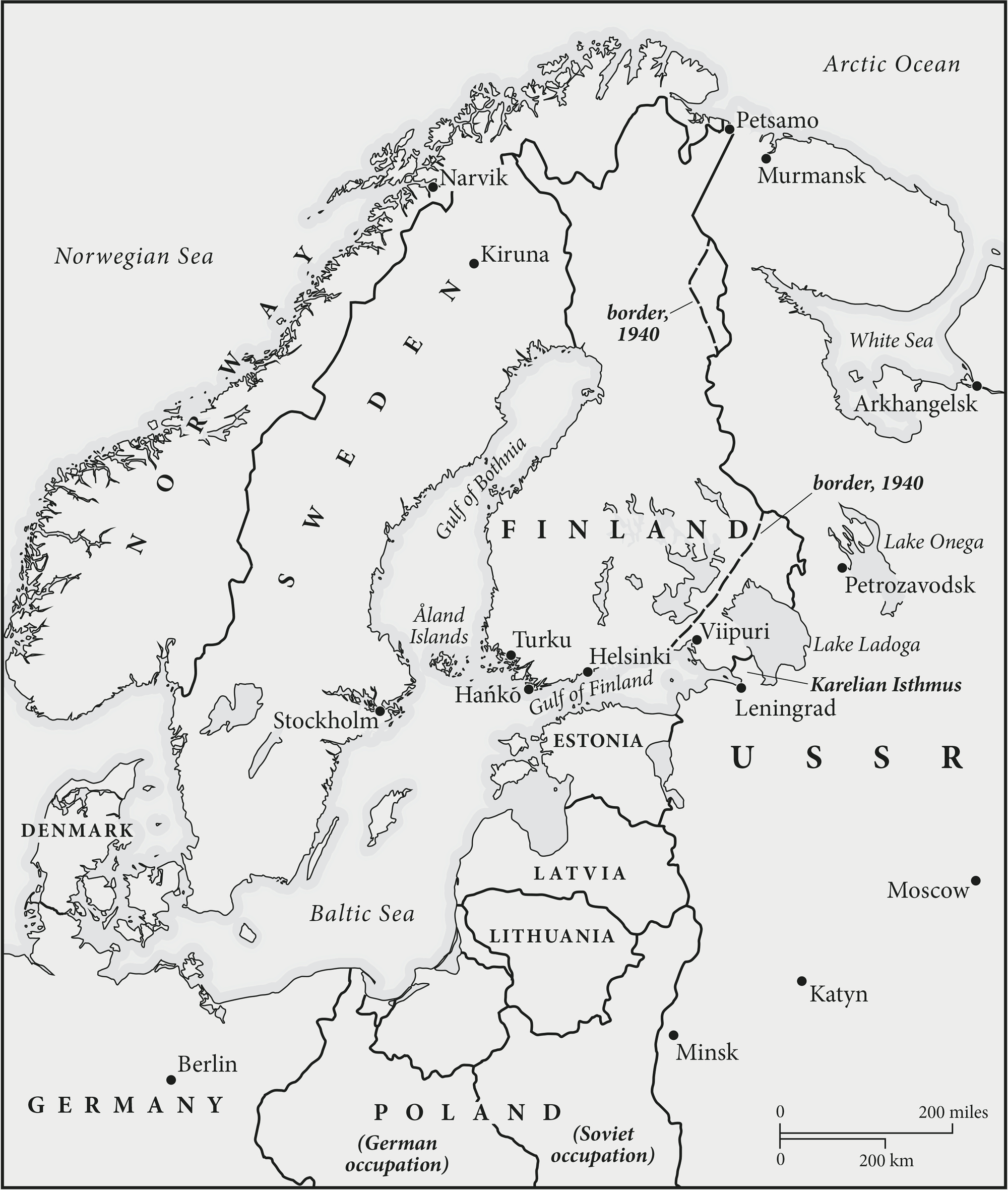
Ideology itself did not significantly impact the Soviets’ decision to go to war, which was more founded on strategic calculations and intelligence-based predictions of the other Great Powers’ actions. However, ideology did influence how the attack was politically framed and sugar-coated. As has been noted, the creation of the Terijoki government did not reflect any faith in the Finnish working class accepting it. Rather, it was formed out of an ideological assessment of what the consequences might be if a major war broke out. The First World War had flung the Bolsheviks into power in Russia and led to a wave of revolutions across Europe. A new great war would revive the possibility of this reoccurring, especially when turmoil and upheaval had been such central themes in the recent Spanish Civil War.
On the anniversary of the October Revolution in 1939, there were discussions in Moscow about how comparable their present situation was to the years of the First World War. Or, more accurately, there was a monologue on the topic in Moscow, given by Stalin to his inner circle. Since he had broached the matter, those who had been in attendance dared to spread the word. They were inclined to think that the Soviet Union’s existence was the sort of factor that could again make a wave of uprisings a possibility in the early stage of the war. A single inevitable scenario was not assumed, but rather a foreshadowing that the cost of a major war would be great upheaval. Mekhlis explained to trusted writers that Germany had done useful work by destabilizing British imperialism, “the implosion [razrusheniye] [of which] will result in the widespread collapse of imperialism—this is evident.” The Soviet Union’s main enemy was “England, naturally.” Vsevolod Vishnevsky, the author of An Optimistic Tragedy, was present and taking notes. Discussing Finland, Mekhlis vowed to get what the Soviets were looking for, “if not willingly, then with blood.” Stalin seemed inclined to think that Germany was weak. At the conclusion of the Friendship pact with Germany on 28 September, he said to the German ambassador that should Germany face a serious attack, the Soviet people would come to their aid and “not allow Germany to be wiped off the face of the earth.” Following this line of thought, Comintern Secretary General Georgi Dimitrov speculated that anti-fascist and disillusioned sentiments would grow among Germany’s masses and that liberation movements would rise up in the occupied countries. Together these would bring defeat for Hitler and destruction for Germany. O.V. Kuusinen knew that his “government” was connected with these ideas flying around: “The revolutionary perspective is now real, even though there is no reason to shout about it.”
There is no need to demonstrate how misguided this wishful thinking was: subsequent events speak for themselves. At the start of the war key actors in Moscow, on the basis of their ideological principles, underestimated both the West’s and Germany’s strength and resilience. They also overestimated the Soviet Union’s revolutionary appeal, as though foreign countries and citizens had no clue what sort of state it had become since its revolutionary days.
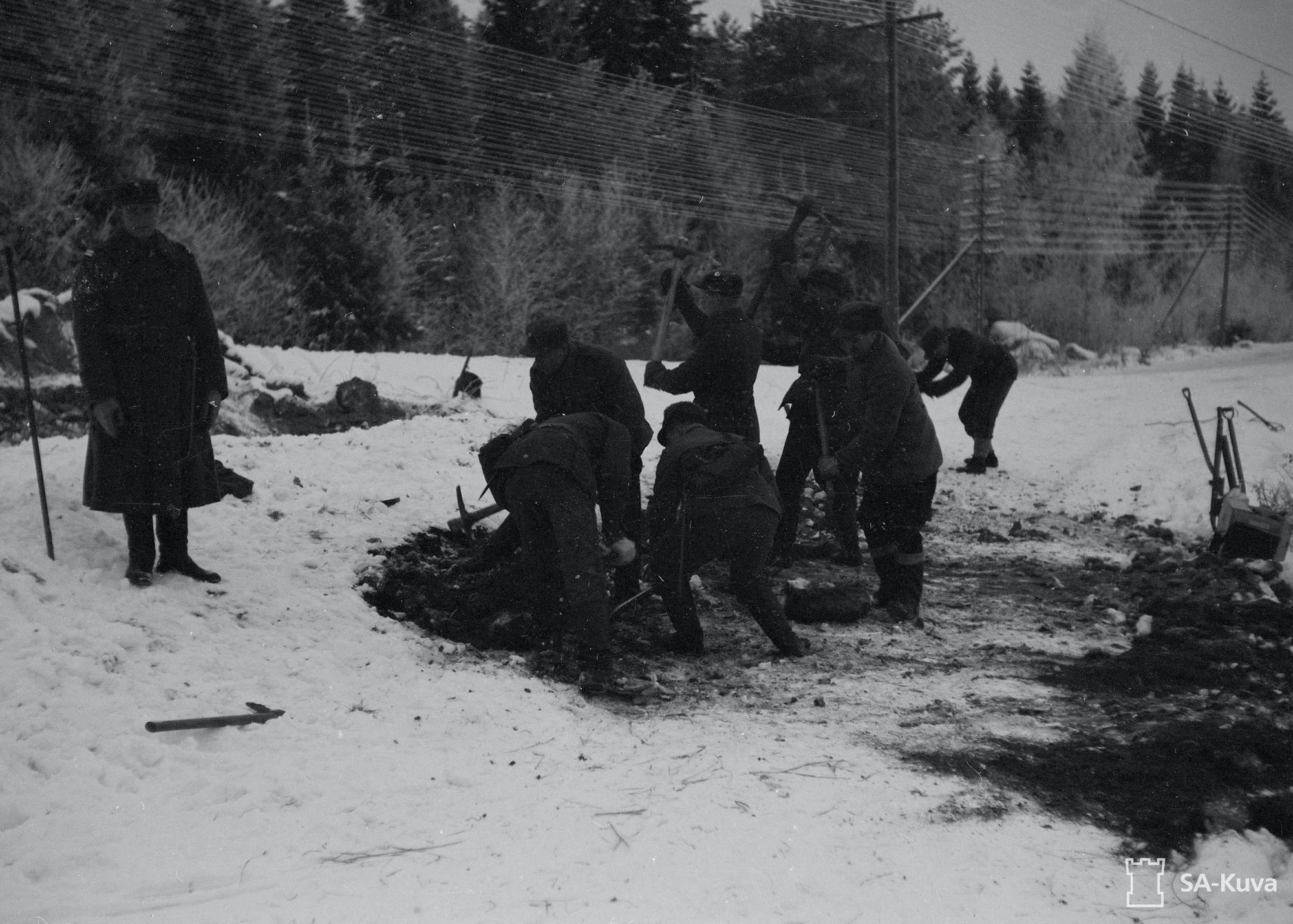
Stalin had a voracious appetite for raw intelligence information, and not much interest in anyone’s analysis besides his own. “Don’t tell me your thoughts,” he was said to have exclaimed to his intelligence officers, “state the facts and leave!” He was always concerned about the trustworthiness of the human sources. His notes in the margins of the intelligence reports show that he demanded to know the agents’ identities and those of the officers responsible for them. The reliability of a source is undoubtedly essential, but it is unwise to evaluate the information’s validity based on this alone. Reliability and validity are usually first assessed and graded separately. If the trustworthiness of the source is the sole criterion, and if this is primarily dependent on one man’s judgment, then blind spots will emerge and the potential jeopardy will be greater if events take a turn for the worse.
In late 1939, Stalin did not see that anything could go wrong. His intelligence and diplomatic reports all pointed to him attacking Finland. After the partition of Poland and the agreements with the Baltic States, Stalin could count on Germany remaining neutral. As for the West, Stalin knew that a Soviet invasion could well trigger calls to help the Finns, not least in France, but in practice there was little those countries could do, especially if Sweden, as expected, refused to take sides. In any case the Western Powers would have no time to do anything, as Finland would be taken by surprise and rapidly collapse. Expecting a quick victory, Beria ordered camps be prepared for the imminent arrival of 26,500 prisoners of war. (The need for additional camp space was one of the factors pushing forward the process towards the Katyn massacres of the Poles in 1940.) In order to heighten the surprise the Soviet source told the Finnish and Swedish military attachés on 29 November that Moscow’s official line was now “no war, no peace.” Moscow’s attack began early the next morning.
Soviet intelligence on Finland was ideologically colored, but it could not be blamed for failing to anticipate how steadfast the Finnish resistance would be. The Finns themselves did not foresee it. Information about Mannerheim’s pessimistic outlook and about the confusion and lack of leadership in the government was fundamentally accurate, as were the reports detailing the Finnish authorities’ doubts about the working class’s willingness to defend the country. There was, however, one blind spot: it was impossible to observe, let alone report, the impact that Stalin’s terror had had on Finnish leftwing opinion.
Even if Stalin had received better assessments about the fighting spirit of the Finns, he would hardly have paid them much attention. They were inconsequential compared to the big issues he was trying to solve. It would have been wise to remember Lenin’s favorite quote from Napoleon: On s’engage, et puis on voit. Get involved, then you see ■
Excerpted from Kimmo Rentola's How Finland Survived Stalin: From Winter War to Cold War, 1939-1950

How Finland Survived Stalin: From Winter War to Cold War, 1939-1950
Yale University Press, 14 November, 2023
RRP: £25 | 304 pages | ISBN: 978-0300273618
A dramatic and timely account of Stalin’s failed invasion of Finland in 1939, and the decade of wars and fraught relations that followed.
In November 1939, Stalin directed his military leaders to launch an invasion of Finland. In what became known as the Winter War, the full might of the Soviet army was pitted against this small Nordic republic. Yet despite their vastly superior military strength, the Soviets suffered heavy losses and failed to mount Stalin’s intended full-scale invasion.
How did Finland evade Stalin’s crosshairs—not once, but three times more?
In this groundbreaking account, Kimmo Rentola traces the epochal shifts in Soviet-Finnish relations. From the Winter War to Finland’s exit from World War II in 1944, a possible Soviet-backed coup in 1948, and Moscow’s designation of Finland as an enemy state in 1950, Finland was forced to navigate Stalin’s outsize political and territorial demands. Rentola presents a dramatic reconstruction of Finland’s unlikely survival at a time when the nation’s very existence was at stake.
"This is a pioneering work on Soviet-Finnish relations in the critical period between the Winter War and the death of Stalin. Using archives around the world, Rentola explores in stunning detail the complex story of Finnish survival." – Norman M. Naimark, author of Stalin and the Fate of Europe
"There is no other book like this one. Rentola treats Stalin as a serious strategist and demonstrates how pragmatic, flexible and ruthless he could be. – Ronald Grigor Suny, author of Stalin: Passage to Revolution
"No one is better equipped than Kimmo Rentola to tell the extraordinary story of Finland's relations with Stalin and the Soviets. His penetrating insight, flawless judgement and matchless command of Finnish and Russian sources have produced a masterpiece." – Geoffrey Roberts, author of Stalin's Library
Illustrative material for this excerpt is not necessarily included in the book.

Additional Credit
With thanks to Heather Nathan.


